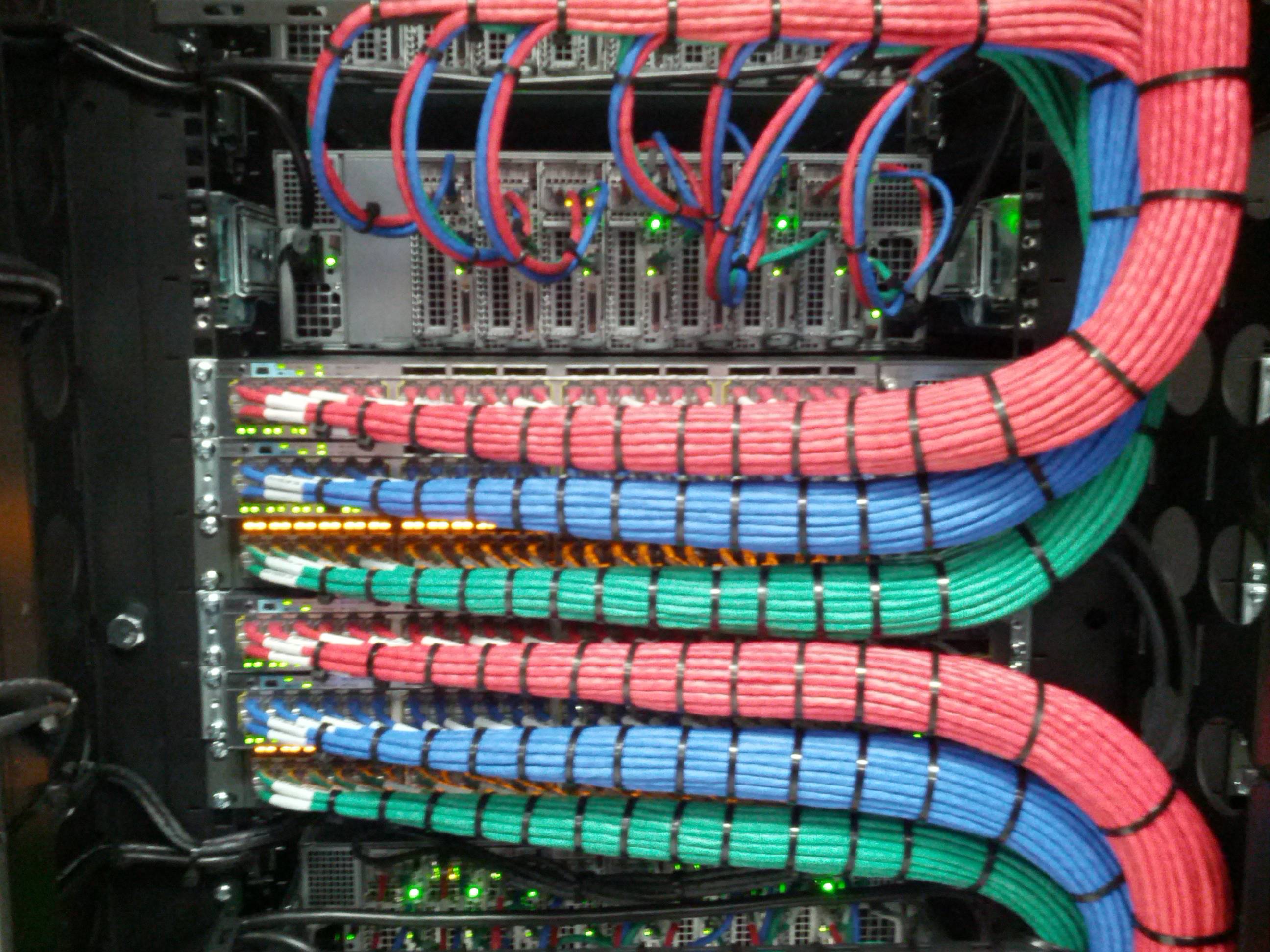
Improve Data Center Reliability with Structured Cabling – Part 1
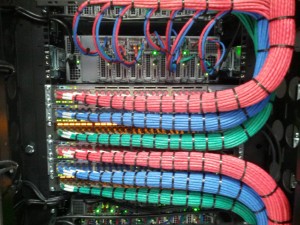 Cabling systems were once proprietary prior to the 1990s, which was a major problem for data centers. Each modification required vendor-specific knowledge of each component of the cabling system. In 1991, the TIA/EIA-568 standard was introduced to bring about structured cabling systems.
Cabling systems were once proprietary prior to the 1990s, which was a major problem for data centers. Each modification required vendor-specific knowledge of each component of the cabling system. In 1991, the TIA/EIA-568 standard was introduced to bring about structured cabling systems.
Although 5% percent of a network budget is currently spent on structured cabling, 59% of downtime can be attributed to it. Most downtime results from not adhering to standards. Data center efficiency can be increased by proper planning and implementing structured cabling principles. Structured cabling best practices should be the foundation of every data center.
Proper Planning
Designing proper cable runs, identification of cable types, the process of network verification, planning for future expansion, and accurate documentation are all part of the proper planning for structured cabling. Lacking these, a data center would be disorganized and chaotic.
A data centers begin at the MDA (Main Distribution Area), single or multiple HDA(s) (Horizontal Distribution Area), as well as the required equipment and spacing to allow cable access. The Main Distribution Area is the location of core networking equipment. The cross-connects of HDAs are utilized for the distribution of cables to the EDA (Equipment Distribution Area). A well-organized data center is the product of a structure that is well-planned.
Best Practices
Proper Standards –To attain high levels of proficiency, cabling standards, which are revised every five to ten years, must be followed. Remaining up-to-date will allow a data center to be more adaptable to changes of technology. American data centers now comply with the TIA/EIA-568 standard developed by the TIA (Telecommunications Industry Association), while business and companies located overseas comply with the ISO/IEC IS 11801.
Cable Identification System – In addition to standards, implementing an identification system utilizing colors and labels will assist managers in data center organization. A sound system will conserve both time and money over the long term. Addressing problems or even maintaining aging equipment is eased by a well-defined and easily understandable cable identification system.
Part 2 will discuss Cabling Infrastructure and Improved Network Function.
Progressive Office Cabling
Founded in 1986, Progressive Office’s success has been a direct result of years of commitment to seeking solutions on behalf of our clients in the Washington, D.C. and New York City areas. Efficiently working together, Progressive teams get cabling installed and operating as fast as possible while minimizing disruption and downtime. Call our toll free number (800) 614-4560 today.



 Whenever there is an IT systems issue, the resolution can often be delayed by poorly
Whenever there is an IT systems issue, the resolution can often be delayed by poorly 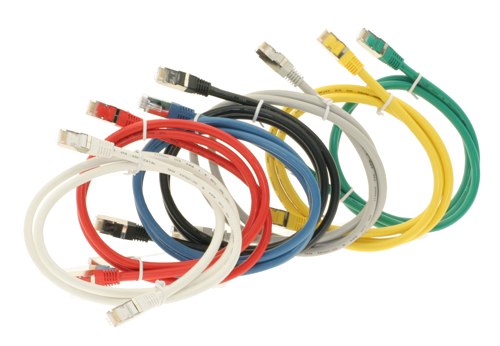
 As mentioned previously, modern
As mentioned previously, modern 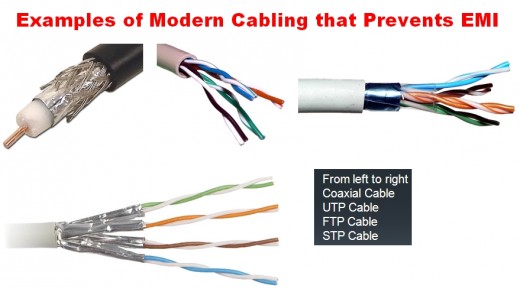
 As mentioned in Part 1, modern
As mentioned in Part 1, modern 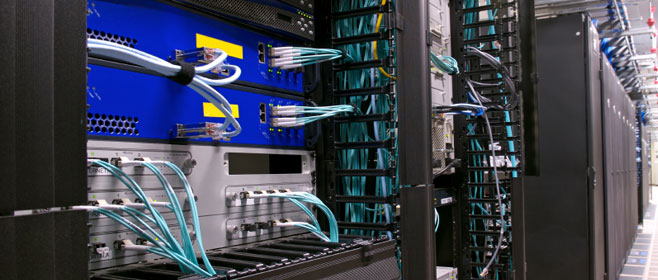
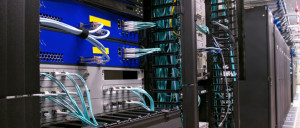 Modern data centers are equipped with devices and networking equipment that connect them. These devices demand increasingly greater bandwidth, and so their fiber or copper
Modern data centers are equipped with devices and networking equipment that connect them. These devices demand increasingly greater bandwidth, and so their fiber or copper 
 The quality of information flow is no better than the medium that carries it. This is the
The quality of information flow is no better than the medium that carries it. This is the 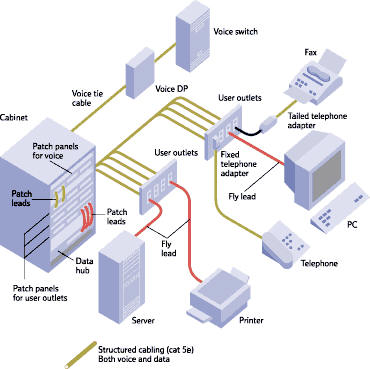
 It is known that
It is known that 
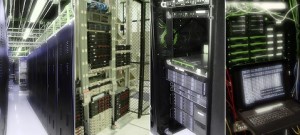 The
The